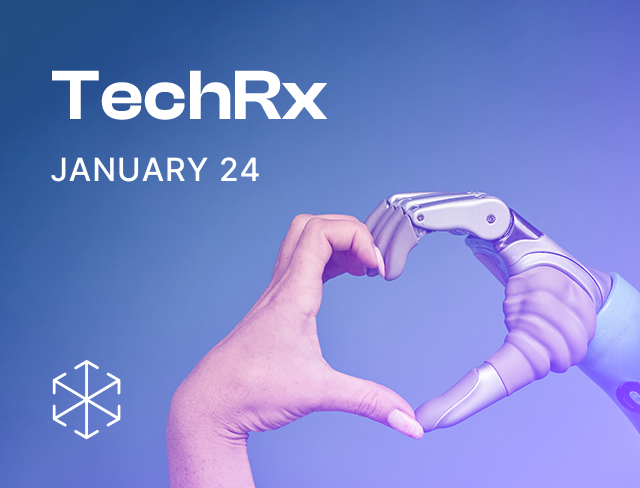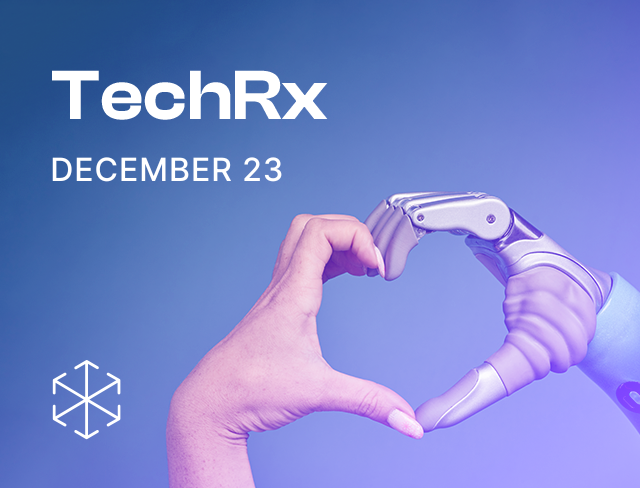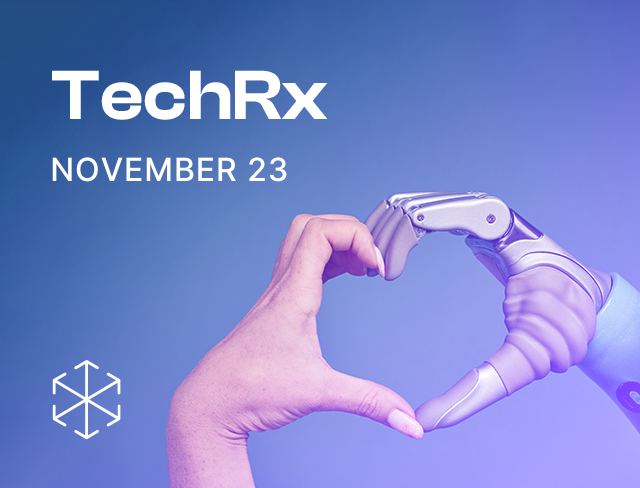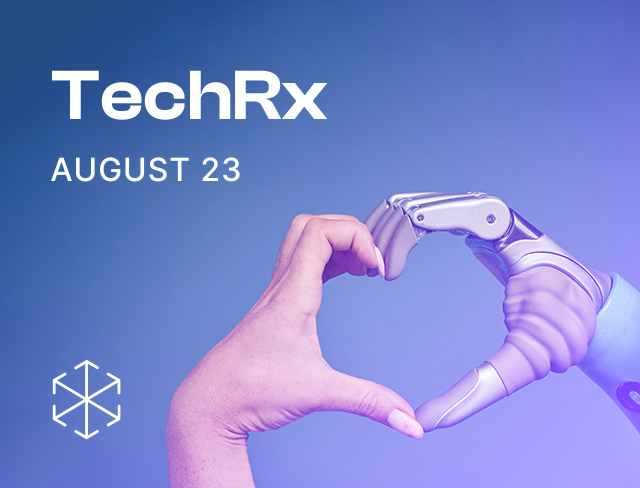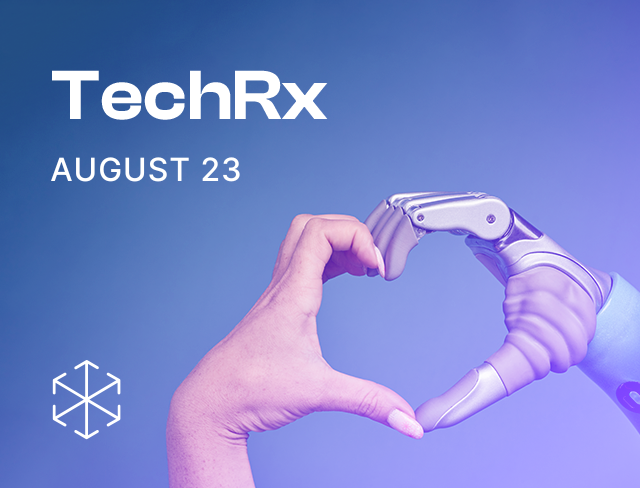Health-tech platform Practo has been directed to make their website and apps accessible for persons with disabilities. This has wide-ranging implications for digital platforms.
Enhancing digital accessibility is not a new conversation. Change.org petitions seeking accessibility improvements in the digital platforms of various companies are inviting attention. Swiggy and Zomato reportedly made their platforms accessible in response to these petitions.[1] However, the Court of the Chief Commissioner for Persons with Disabilities (CCPD)’s recent order to Practo (Practo order) has put a spotlight on the issue once more.
Digital accessibility:
The user interface and experience of a website/ mobile app are critical to their success. These digital platforms, however, are designed for the average user. Thought needs to be given to the text, font size, colour and other features to make these platforms accessible to persons with disabilities (PwDs). The platforms,[2] fields and buttons need to be enlargeable for people with low visibility or motor skills to identify and touch the button properly to perform a function on the app[3]
The Practo order:
The CCPD heard a petition from visually impaired disability rights lawyer, Rahul Bajaj (Complainant), alleging that Practo’s app was inaccessible to PwDs. Issues raised by the Complainant included:
- The home screen was unorganised and inaccessible with a screen reading software. Certain buttons on the app were not labelled while others had ‘nonsensical’ labels like ‘tertiary halfone image label’ and ‘secondary third subtitle label’.
- If a PwD was able to navigate the Practo app, i.e., find what they are looking for, the results were still incomprehensible. The results often have multiple data points (e.g., the doctor’s name, charges, location, etc.). These data points should be readable by a screen reader software. For example, the user must know that a number displayed refers to the fees charged, when read out loud by the screen reader software. Or that a name displayed is the doctor’s name. Differentiating the data points in the search results was allegedly a challenge on the Practo app. A similar situation allegedly existed with lab related information.
The Complainant compared using the Practo platform to a person attempting to make sense of text in a foreign language. And alleged that the platform did not meet the requirements of the Rights of Persons with Disabilities Act, 2016 (RPwD Act) and Rights of Persons with Disabilities Rules, 2017 (RPwD Rules). Or the standards benchmarked in the Guidelines for Indian Government Websites 2019 (GIGW),[4] which captures requirements for mobile apps as well[5] (see figure 1 for a sampling of the GIGW’s guidelines for accessibility of mobile apps).
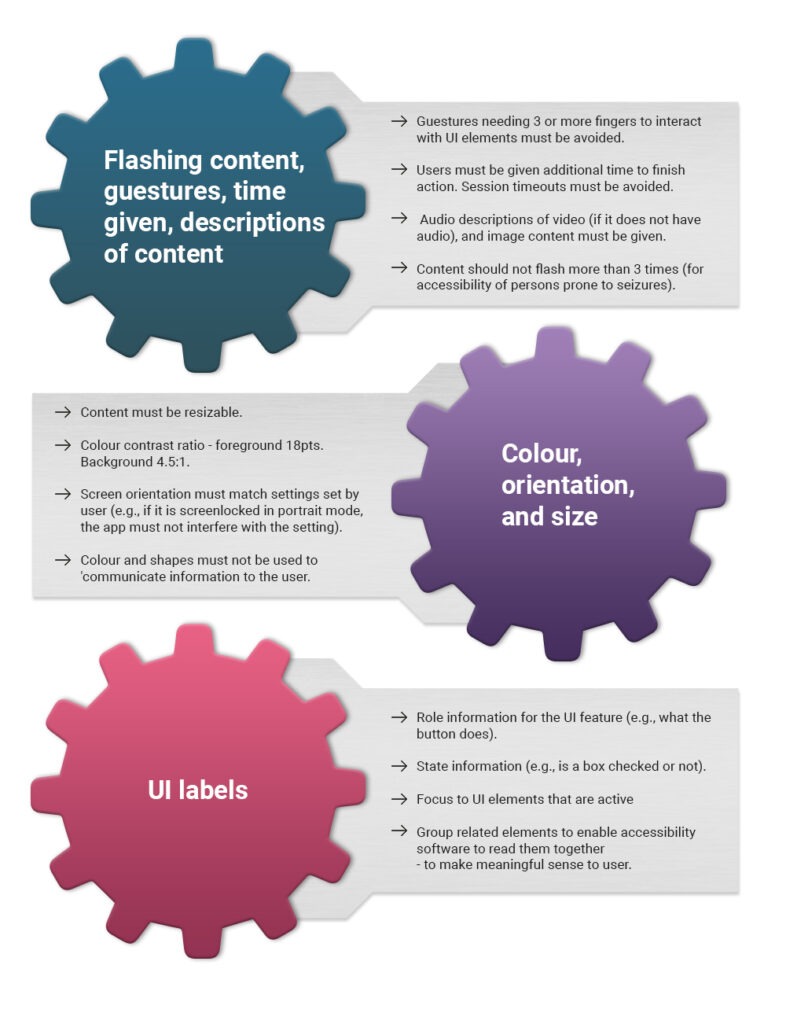
The law on digital accessibility obligations for private entities:
The RPwD Act and Rules apply to both government and private establishments.[6] The central government is empowered to set standards of accessibility[7] and to take measures to ensure access to ‘information and communication’[8] for PwDs.[9] The RPwD Act provides time limits for establishments to make their premises/ infrastructure (five years from notification of rules)[10] and services (two years from notification of rules)[11] accessible.
The RPwD Rules made it mandatory for ‘establishments’ to comply with the following accessibility standards set out by the central government for information and communication:[12]
- website standard as specified in the guidelines for Indian government websites[13]
- documents uploaded on websites must be a ‘electronic publication (ePUB)’ or ‘optical character reader (OCR) based pdf’.
The CCPD’s order:[14]
The CCPD ordered Practo to make its platform accessible adding that the RPwD Act, RPwD Rules, and GIGW are applicable to private entities.[15] In its filing in June 2022, Practo requested nine months to complete the ‘significant engineering’ required to make the Platform accessible.[16] The CCPD has given Practo six to nine months to make its Platform fully accessible.[17]
The CCPD has recommended the Director General of Health Services in the Health Ministry to ensure Practo’s Platform is made accessible.[18] The CCPD court has also decided to hold another hearing to monitor the implementation of its order.[19]
Implications of the Practo order for digital platforms:
The CCPD order clarifies the applicability of GIGW and the RPwD Act and Rules to private establishments offering digital platforms. Going forward accessibility considerations will have to be a part of business and technical discussions for digital platforms. Especially for those digital platforms offering access to vital goods and services like food, health, and education. Google[20] and Apple[21] have toolkits for developers to make their apps accessible that could serve as the guide for driving digital accessibility.
This post has been authored by Shambhavi Ravishankar, associate, Ikigai Law, with inputs from Anirudh Rastogi, founding and managing partner, Ikigai Law.
[1] For more, see here, here, and here. Dunzo and JioMart have also been petitioned on change.org.
[2] A screen reader software reads out loud the descriptions of the photos, buttons, features etc., of the app/website interface.
[3] See example of how voice-over software read a dimmed ‘post’ button on LinkedIn here.
[4] Guidelines for Indian Government Websites 2019
[5] See chapter 11, Guidelines for Indian Government Websites 2019 pages 102 – 117.
[6] Section 2(i) – definition of ‘establishment’ includes a Government establishment and private establishment.
[7] Section 40, RPwD Act, 2016
[8] Section 2(n), RPwD Act 2016 – “information and communication technology” includes all services and innovations relating to information and communication, including telecom services, web based services, electronic and print services, digital and virtual services.
[9] Section 42, RPwD Act, 2016
[10] Section 45, RPwD Act, 2016
[11] Section 46, RPwD Act, 2016
[12] Rule 15, RPwD Rules, 2017
[13] Rule 15(1)(c)(i) RPwD Rules, 2017 – mentions that these standards are as adopted by Department of Administrative Reforms and Public Grievances, Government of India;
[14] Read the full order here.
[15] Based on a reading of Sections 2(i) and 46 of the RPwD Act, and Rule 15 of the RPwD Rules.
[16] The Hindu, Practo asked to make its app, website fully accessible (26 August 2022)
[17] The Hindu, Practo asked to make its app, website fully accessible (26 August 2022)
[18] The Hindu, Practo asked to make its app, website fully accessible (26 August 2022)
[19] The Hindu, Practo asked to make its app, website fully accessible (26 August 2022)

